Roll over image to zoom in
Save $-99.99
SKU: BKVCK
Share this product
FOR SLOW SPEED OFFROAD USE ONLY!!!
Got a hole in your tire? Dont want to buy a new one?? BKOR TIRE VULCANIZING CAN SAVE YOU THOUSANDS OF DOLLARS!! Each can has enough product to vulcanize 6-10 tires depending on hole size. Our newest formula can be fast cured over night using a heat lamp/shop light or any other heat source. We have repaired countless tires using this product and they are still holding strong!
Perfect for lawn mowers, wheel barrels, and other low-load low-speed applications!
IMPORTANT!! THIS PRODUCT IS INTENDED FOR SLOW OFFROAD USE ONLY. DO NOT USE THE PRODUCT ON THE ROAD. DO NOT USE THE PRODUCT ON THE HIGHWAY. DO NOT USE THIS PRODUCT AT SPEEDS HIGHER THAN 30MPH! DO NOT REPAIR HOLES LARGER THAN 1.
5" IN DIAMETER. USE GOOD JUDGEMENT WHEN WORKING WITH THIS PRODUCT AND BE SAFE AT ALL TIMES!
DIRECTIONS FOR USE:
THIS PRODUCT IS FOR OFFROAD USE ONLY! DO NOT USE ON VEHICLES THAT ARE TRAVELING AT SPEEDS ABOVE 30mph! BUSTED KNUCKLE OFFROAD IS NOT LIABLE FOR TIRE FAILURE, SUBSIQUENT VEHICLE DAMAGES, OR PERSONAL HARM. REPAIRS ABOVE 1” IN DIAMETER SHOULD NOT BE REPAIRED.
THE TEMPERATURE GUIDELINES LISTED BELOW MUST BE FOLLOWED OR THE PRODUCT WILL NOT CURE AND WILL FAIL
RECOMMENDED STORAGE CONDITIONS: Store in a dark, moisture free environment, away from direct sunlight Protect from freezing. If product is stored below 32° F (0° C), allow the container to warm up for at least 24 hours at 70° F minimum prior to use. Comply with all local, state, and federal regulations
CURE TIME / TEMPERATURE:
**PRODUCT WILL NOT CURE AT TEMPERATURES BELOW 60°F**
Substrate temperature and ambient temperature correspond to cure time and repair hardness. As you increase temperature you reduce cure time and increase product hardness. Through testing we have found that temperatures between 100deg and 130deg give the best balance for curing time and harness.
As you increase temperature you reduce cure time and increase product hardness. Through testing we have found that temperatures between 100deg and 130deg give the best balance for curing time and harness.
DIRECTIONS

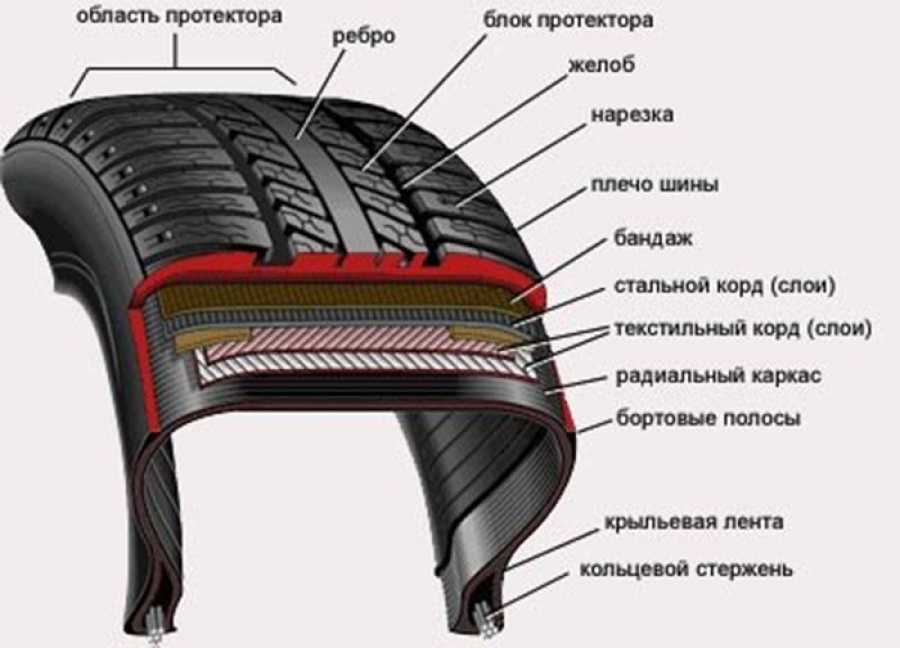 Once cured the tire can be returned to service.
Once cured the tire can be returned to service. American ExpressApple PayDiners ClubDiscoverJCBMastercardVisa
Your payment information is processed securely. We do not store credit card details nor have access to your credit card information.
Country
United StatesCanada---AfghanistanÅland IslandsAlbaniaAlgeriaAndorraAngolaAnguillaAntigua & BarbudaArgentinaArmeniaArubaAscension IslandAustraliaAustriaAzerbaijanBahamasBahrainBangladeshBarbadosBelarusBelgiumBelizeBeninBermudaBhutanBoliviaBosnia & HerzegovinaBotswanaBrazilBritish Indian Ocean TerritoryBritish Virgin IslandsBruneiBulgariaBurkina FasoBurundiCambodiaCameroonCanadaCape VerdeCaribbean NetherlandsCayman IslandsCentral African RepublicChadChileChinaChristmas IslandCocos (Keeling) IslandsColombiaComorosCongo - BrazzavilleCongo - KinshasaCook IslandsCosta RicaCroatiaCuraçaoCyprusCzechiaCôte d’IvoireDenmarkDjiboutiDominicaDominican RepublicEcuadorEgyptEl SalvadorEquatorial GuineaEritreaEstoniaEswatiniEthiopiaFalkland IslandsFaroe IslandsFijiFinlandFranceFrench GuianaFrench PolynesiaFrench Southern TerritoriesGabonGambiaGeorgiaGermanyGhanaGibraltarGreeceGreenlandGrenadaGuadeloupeGuatemalaGuernseyGuineaGuinea-BissauGuyanaHaitiHondurasHong Kong SARHungaryIcelandIndiaIndonesiaIraqIrelandIsle of ManIsraelItalyJamaicaJapanJerseyJordanKazakhstanKenyaKiribatiKosovoKuwaitKyrgyzstanLaosLatviaLebanonLesothoLiberiaLibyaLiechtensteinLithuaniaLuxembourgMacao SARMadagascarMalawiMalaysiaMaldivesMaliMaltaMartiniqueMauritaniaMauritiusMayotteMexicoMoldovaMonacoMongoliaMontenegroMontserratMoroccoMozambiqueMyanmar (Burma)NamibiaNauruNepalNetherlandsNew CaledoniaNew ZealandNicaraguaNigerNigeriaNiueNorfolk IslandNorth MacedoniaNorwayOmanPakistanPalestinian TerritoriesPanamaPapua New GuineaParaguayPeruPhilippinesPitcairn IslandsPolandPortugalQatarRéunionRomaniaRussiaRwandaSamoaSan MarinoSão Tomé & PríncipeSaudi ArabiaSenegalSerbiaSeychellesSierra LeoneSingaporeSint MaartenSlovakiaSloveniaSolomon IslandsSomaliaSouth AfricaSouth Georgia & South Sandwich IslandsSouth KoreaSouth SudanSpainSri LankaSt. BarthélemySt. HelenaSt. Kitts & NevisSt. LuciaSt. MartinSt. Pierre & MiquelonSt. Vincent & GrenadinesSudanSurinameSvalbard & Jan MayenSwedenSwitzerlandTaiwanTajikistanTanzaniaThailandTimor-LesteTogoTokelauTongaTrinidad & TobagoTristan da CunhaTunisiaTurkeyTurkmenistanTurks & Caicos IslandsTuvaluU.S. Outlying IslandsUgandaUkraineUnited Arab EmiratesUnited KingdomUnited StatesUruguayUzbekistanVanuatuVatican CityVenezuelaVietnamWallis & FutunaWestern SaharaYemenZambiaZimbabwe
BarthélemySt. HelenaSt. Kitts & NevisSt. LuciaSt. MartinSt. Pierre & MiquelonSt. Vincent & GrenadinesSudanSurinameSvalbard & Jan MayenSwedenSwitzerlandTaiwanTajikistanTanzaniaThailandTimor-LesteTogoTokelauTongaTrinidad & TobagoTristan da CunhaTunisiaTurkeyTurkmenistanTurks & Caicos IslandsTuvaluU.S. Outlying IslandsUgandaUkraineUnited Arab EmiratesUnited KingdomUnited StatesUruguayUzbekistanVanuatuVatican CityVenezuelaVietnamWallis & FutunaWestern SaharaYemenZambiaZimbabwe
Zip code
Items returned to busted knuckle off-road will receive a minimum 20% restocking fee if the reason for return is based on the customers actions (examples: no longer need, changed mind). Restocking fees are based on supplier fees and may vary.
Items may be returned within 90 days of shipment is unused and in original packaging. No items are able to be returned after 90 days from shipment. Returns are not accepted for parts that have been used or the original packaging is missing or damaged.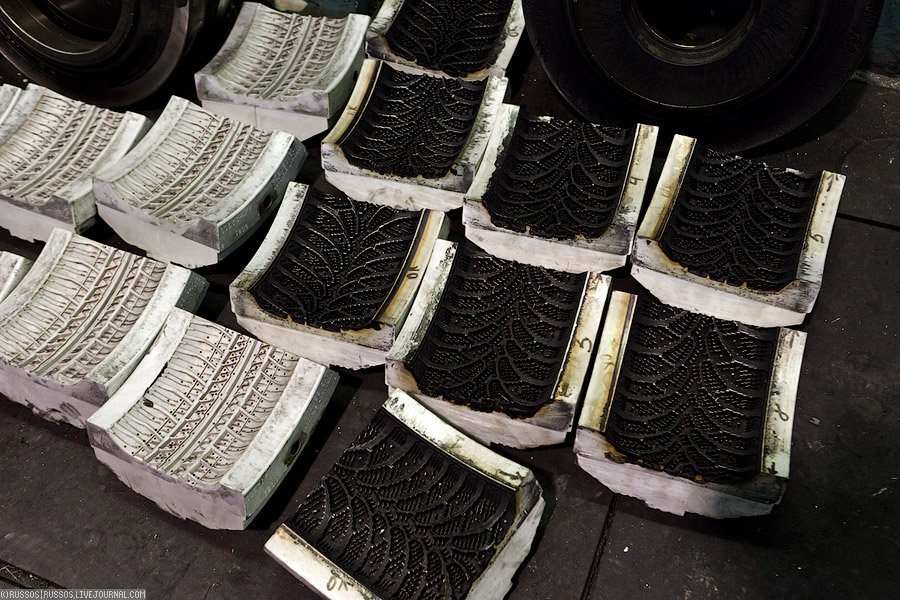
Shipping and freight costs are non-refundable.
Labor is non-refundable. Custom built items are non-refundable.
Warranty returns are void if the vehicle is used for racing or the damage is caused due to accidents or abuse.
REMA TIP TOP Vulcanizing Compounds are uniquely designed for cosmetic repair to tire and conveyor-belt surfaces.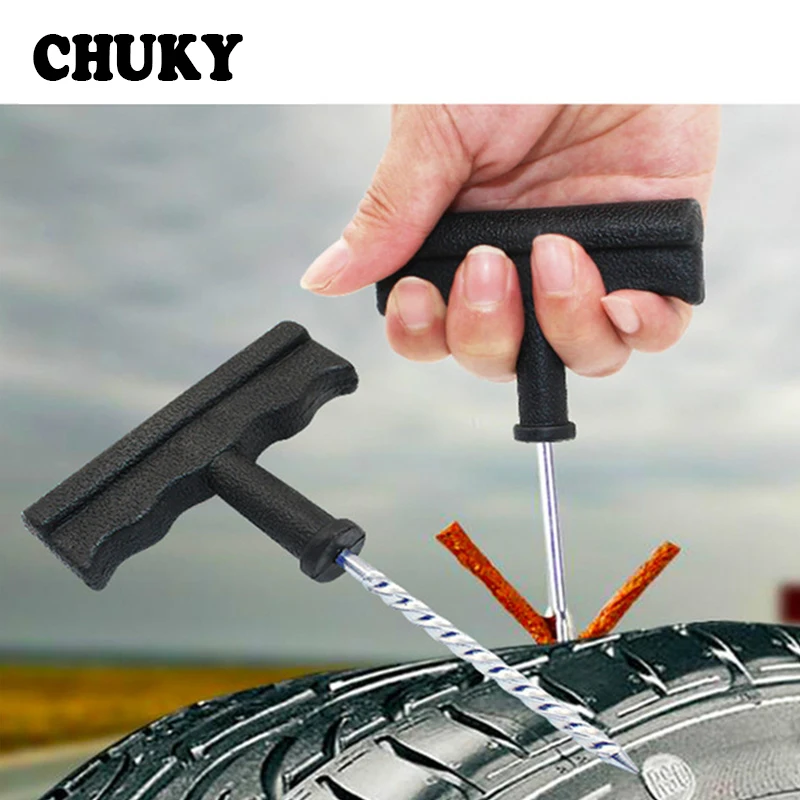 (Not for use where cord damage exists.) When thoroughly mixed in equal portions, these materials chemically cure (at room temperature) producing a durable, permanent repair.
(Not for use where cord damage exists.) When thoroughly mixed in equal portions, these materials chemically cure (at room temperature) producing a durable, permanent repair.
REMA TIP TOP’s Vulc Compound has no equal when it comes to cold vulcanization injury filling. Equal quantities of A compound and B compound, thoroughly mixed, produce a durable permanent repair.
| Part No. | Description | Box/Qty | |
|---|---|---|---|
| 50F | A+B Vulc Compound Kit (flammable) | Set | |
| 51F | A+B Vulc Compound Kit (flammable) | Set |
REMA TIP TOP's T-2 Compound is abrasion resistant while maintaining it's elasticity and has been developed to help save time and money when repairing rubber only damage to the sidewall and bead areas of OTR tires.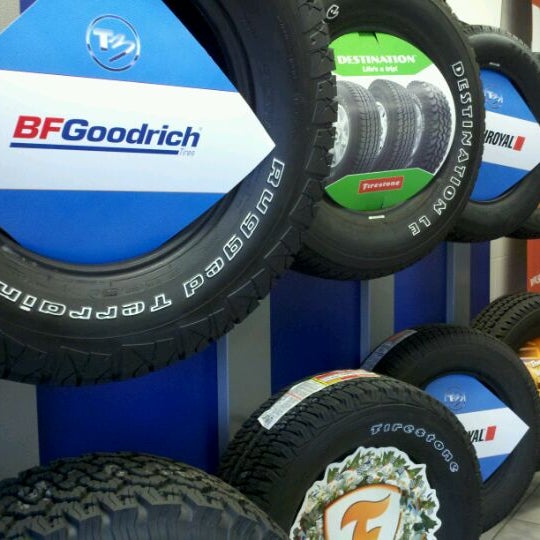
| Part No. | Description | Size | Box/Qty | |
|---|---|---|---|---|
| 5177323 | T2-Compound "A" | 2 kg | 1 | |
| 5177330 | T2-Compound "B" | 2 kg | 1 | |
| 5177300 | T2-Compound "A" Rope Rubber | 6 kg | 1 | |
| 5177310 | T2-Compound "B" Rope Rubber | 6 kg | 1 | |
| 101000069 | T2-Solution "A" | 1 kg | 1 | |
| 101000070 | T2-Solution "B" | 1 kg | 1 | |
| 5177402 | T2-Cleaning Rubber | 5 |
Tire shops use "vulcanization" technology to repair damaged tires.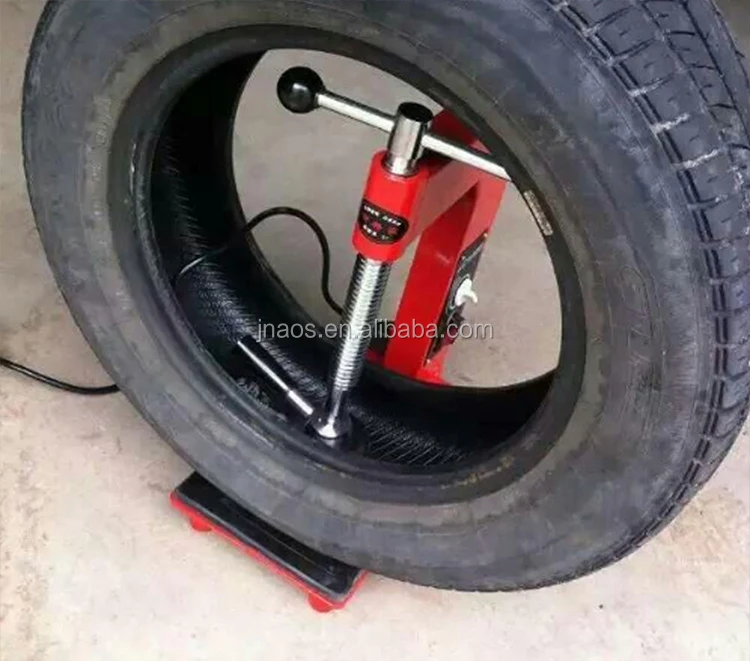 This is the most effective method to quickly and reliably retread a tire while preserving the properties of the rubber. The technology itself involves the production of rubber from rubber. In this way it is possible to repair a wheel with a puncture, cut, etc.
This is the most effective method to quickly and reliably retread a tire while preserving the properties of the rubber. The technology itself involves the production of rubber from rubber. In this way it is possible to repair a wheel with a puncture, cut, etc.
Contents
Vulcanization, from a chemical point of view, is a process in which rubber macromolecules are “crosslinked” into a three-dimensional spatial network by rare cross-links. It can also be said that this is a technological process for turning plastic rubber into rubber. The ability to quickly and efficiently recover is applicable to most products in the rubber industry. But if inflatable boats, swimming pools and swim rings need repair due to disuse and improper storage, then car tires are repaired much more often. This is due to the large loads falling on them.
This is due to the large loads falling on them.
Tire vulcanization is a modern process that allows you to dramatically reduce the cost of servicing car wheels in case of damage.
Gone are the days when damaged tires were thrown to the side of the road en masse due to the impossibility of repair. The growth in the number of automobiles has led to a corresponding growth in the auto repair industry, including wheel repair. It is more economical to vulcanize a wheel than to buy a new one.
Tire vulcanization is a modern process that allows you to dramatically reduce the cost of servicing car wheels in case of damageAt the moment there are 2 technology options:
The hot vulcanization process of tires is based on heat treatment of the damaged area with the addition of rubber (“raw rubber”).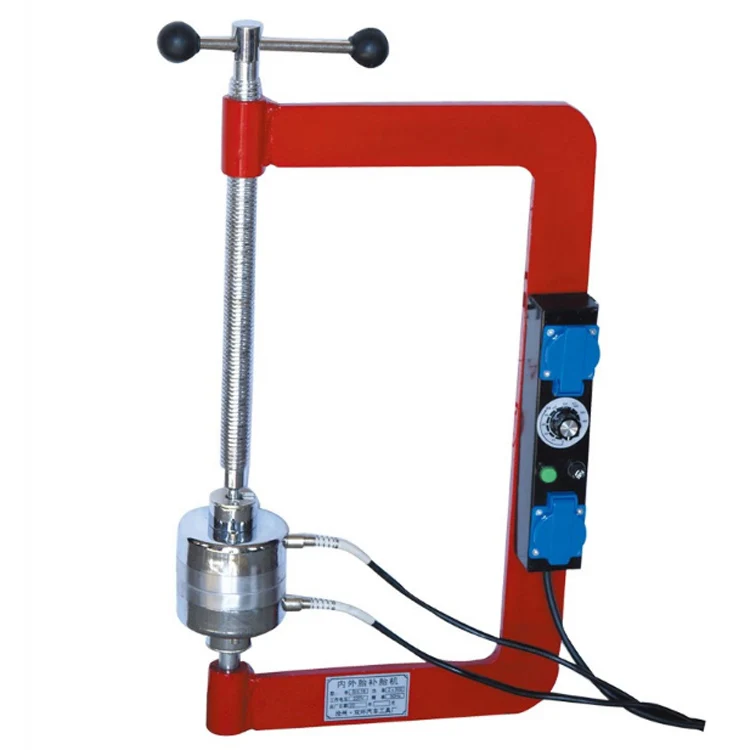 Under the influence of high temperature, the rubber components are fastened together, creating a plastic monolithic layer.
Under the influence of high temperature, the rubber components are fastened together, creating a plastic monolithic layer.
Penetrating into the cut, heat-treated rubber completely fills the space, preventing dirt and moisture from penetrating into the tire.
Briefly, the process of hot vulcanization is as follows:
Advantages of hot curing:
Nowadays, this method is not difficult to use, since you can buy a repair kit in every auto or bike parts store. The complete set of such a set may differ, but each has patches and special glue.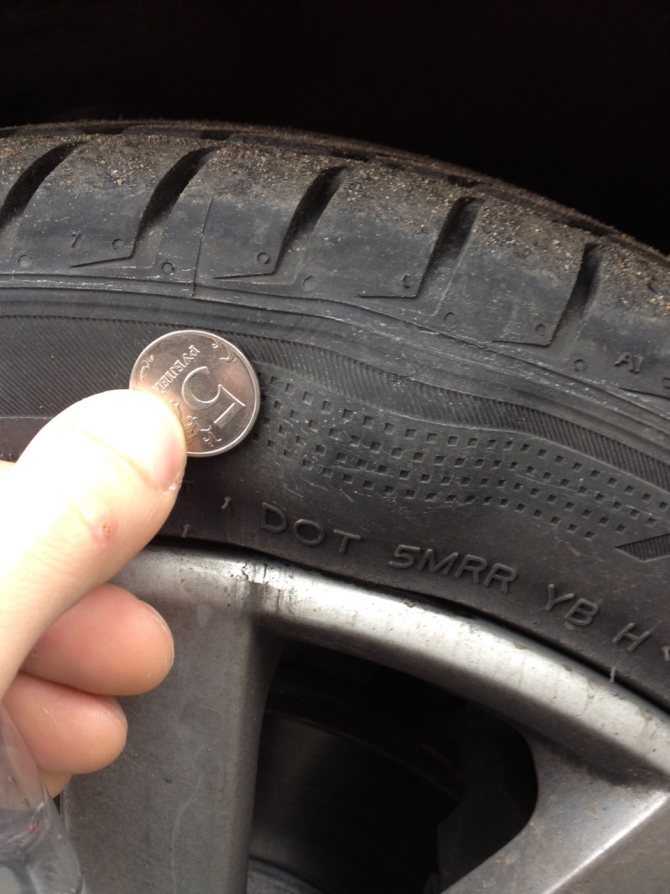
The repair procedure in this case is similar to the hot method. You also need to treat the damaged surface with an abrasive, remove rubber dust and degrease. After drying, apply glue to the camera and stick the patch. In this case, it is not the duration of the pressing that matters, but its strength. Therefore, it will not be enough just to press down with a stone, more effort is needed.
DIY rubber cold vulcanization is a fairly simple process that can be done anywhereDIY rubber cold vulcanization is a fairly simple process that can be performed anywhere if you have a special kit. However, do-it-yourself raw rubber is not done at home. Such work requires special equipment.
Key benefits of cold curing tires:
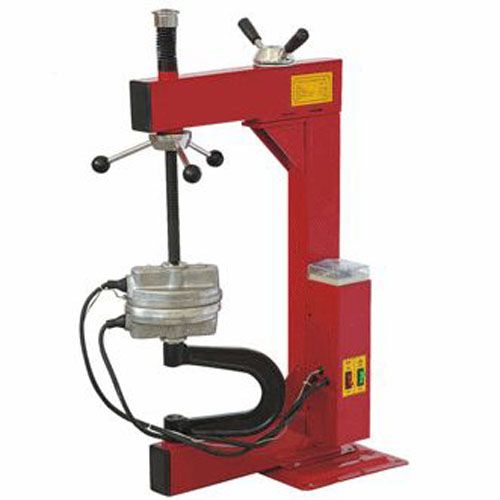
Any new tire is definitely better than a refurbished one. Even the smallest through cut violates the integrity of the inner cord layer, which leads to an inevitable loss of stiffness.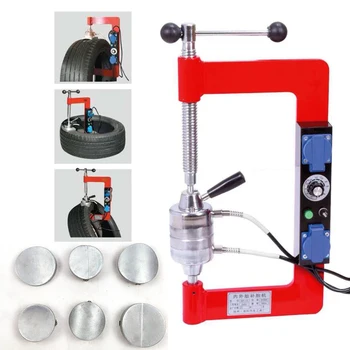
Hot vulcanizing tire side cut repair (video of the process can be found online) brings the wheel closer to its natural strength by only 90%. This is quite enough for the daily operation of repaired tires for 1-2 seasons.
Cold vulcanizing with professional adhesives and in a tire shop also gives reliable results. However, if the cord is severely damaged, this method requires the wheel to be taken apart and an additional patch placed on the inside.
The most common consequence of a tire repair is a bulge at the repair site. It also requires urgent removal. If blisters reappear on the side of the tire, it is recommended to replace the wheel.
The discovery of vulcanization, oddly enough, is not connected with intense research work, but with the banal negligence of work. An employee at the Massachusetts Rubber Factory accidentally dropped a lump of rubber mixed with sulfur onto a hot stove. The rubber was charred but not melted.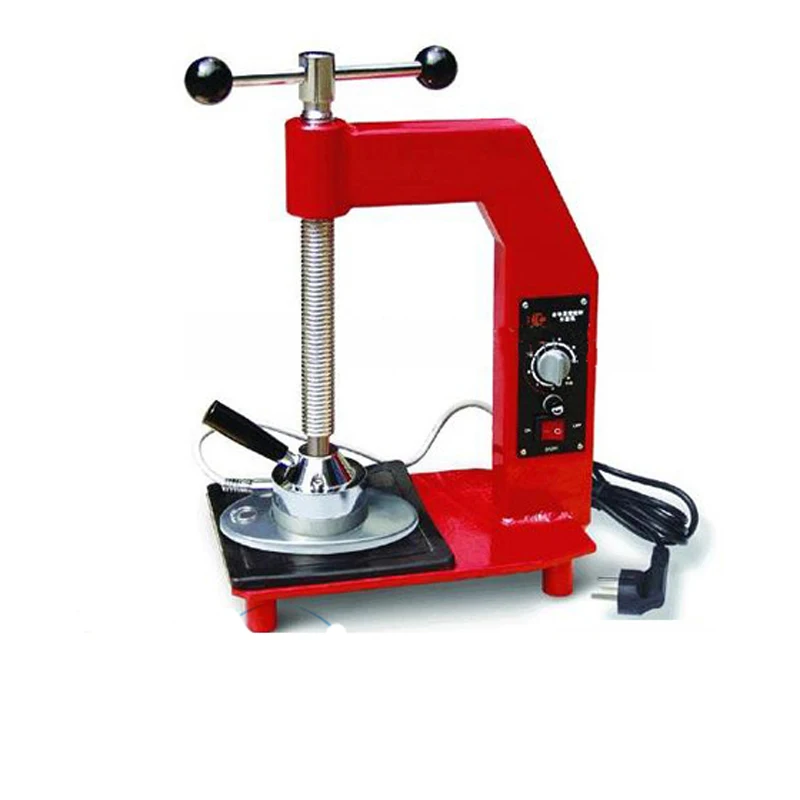 It happened in 1839, the worker's name was Charles Goodyear, and therefore it is from that time that the development of vulcanization is counted. In 1844, the first patent appeared, according to which rubber was to be exposed to aqua regia and copper nitrite. The process got its name from the ancient Roman god of fire, Vulcan.
It happened in 1839, the worker's name was Charles Goodyear, and therefore it is from that time that the development of vulcanization is counted. In 1844, the first patent appeared, according to which rubber was to be exposed to aqua regia and copper nitrite. The process got its name from the ancient Roman god of fire, Vulcan.
The inventor found his own mode of vulcanization, noting that after it the rubber becomes resistant to temperature effects. To do this, lead and sulfur are involved in the chemical process, which are heated to the desired temperature along with rubber. Thus, elastic rubber is obtained, which is immune to the influence of sunlight and cold.
In the century before last, only sulfur was used for vulcanization, but over time, many other substances were added to it, for example, calcium sulfide, alkali sulfide, arsenic sulfide, lead, antimony, zinc salts, sulfur chloride and many other substances with a high sulfur content .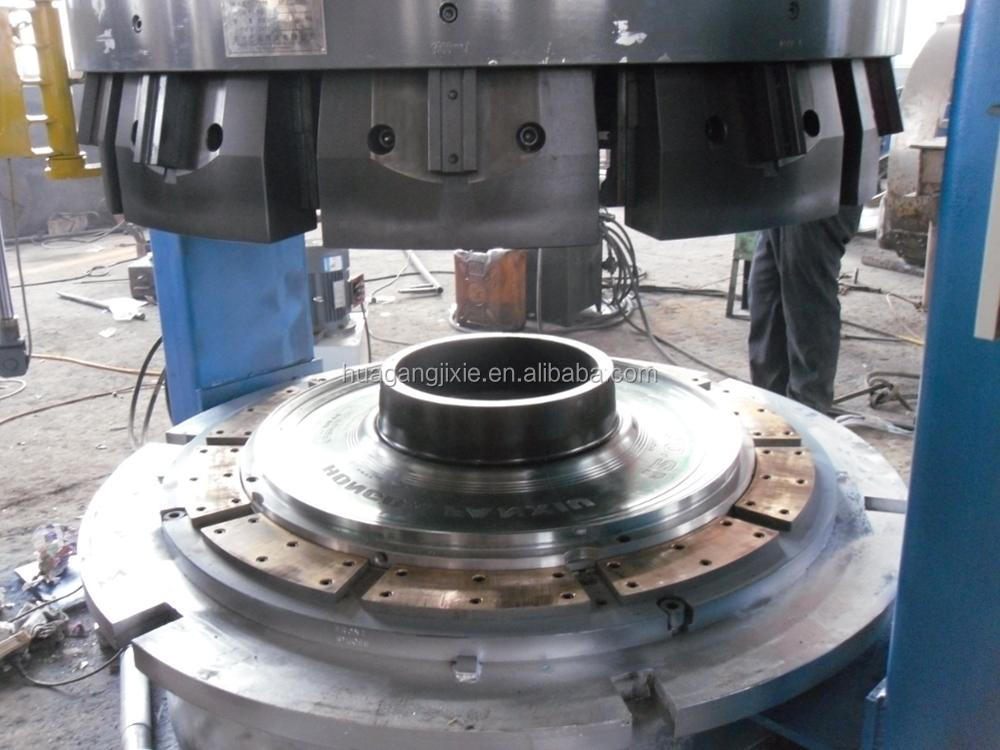 Vulcanization was the impetus for the industrial production of tires. The last solution to the dough is associated with the activities of the Englishman Robert Thomson, who invented "air" wheels in 1846, and the Irishman John Dunlop, who pulled a rubber tube on a bicycle wheel.
Vulcanization was the impetus for the industrial production of tires. The last solution to the dough is associated with the activities of the Englishman Robert Thomson, who invented "air" wheels in 1846, and the Irishman John Dunlop, who pulled a rubber tube on a bicycle wheel.
Recommended
How to seal the inner tube of a bicycle at home?
How to paint a bicycle at home?
How to seal the bicycle inner tube
There are several ways to repair a puncture or cut in a bicycle inner tube, one of which is hot or cold vulcanization of tires. This method can be safely called reliable and durable, the wheel, fixed with raw rubber, will serve as new and will not be lowered at the most unexpected moment. You can easily carry out such repairs yourself with your own hands, both at home and outdoors on a hike with some necessary details. The hot vulcanization method differs from the cold one only in how the patch applied to the wheel is fixed - with or without heating.
What is vulcanization? This is such a chemical process, due to which, with the expenditure of heat, the strength properties of rubber improve, it becomes elastic and hard. You can put a patch on the puncture using a piece of the old camera or a ready-made patch from the repair kit, and to fix them you need raw rubber with your own hands, which is sold in rolls with a protective film. This is a very plastic material, it sticks to any surface, easily sticks together into a lump, etc. raw rubber instructions for use are indicated on the package.
The material for such repairs appeared back in 1939 in the United States, almost immediately began to be successfully used and is popular with cyclists and motorists around the world to this day. With it, you can easily and seamlessly repair any camera, the cold method is very easy to use at home. For the convenience of consumers, some manufacturers immediately offer ready-made repair kits (cold raw rubber, instructions for use are indicated on the package), which includes several patches of various sizes in the form of a plaster, sandpaper (sandpaper), which is used to clean the puncture site or scratch on the rubber , as well as a special quick-drying adhesive for cold vulcanization. It is he who reacts with a layer of raw rubber on a patch - it is applied in a bright color around black. This causes a vulcanization process, due to which the rubber of the chamber is easily glued together without heating (i.e. cold). This method is best for repairing wheels on the road when there are no more tools at hand. You will not find a single cyclist who has not been rescued by such a kit at least once in his life. It does not take up much space in a bag or backpack, and its importance cannot be overestimated, especially if you are alone on a trip without comrades far from the city. The whole process of repairing a tire using cold vulcanization with a patch of tube patch will take the cyclist no more than ten minutes, and the wheel will be like new.
For the convenience of consumers, some manufacturers immediately offer ready-made repair kits (cold raw rubber, instructions for use are indicated on the package), which includes several patches of various sizes in the form of a plaster, sandpaper (sandpaper), which is used to clean the puncture site or scratch on the rubber , as well as a special quick-drying adhesive for cold vulcanization. It is he who reacts with a layer of raw rubber on a patch - it is applied in a bright color around black. This causes a vulcanization process, due to which the rubber of the chamber is easily glued together without heating (i.e. cold). This method is best for repairing wheels on the road when there are no more tools at hand. You will not find a single cyclist who has not been rescued by such a kit at least once in his life. It does not take up much space in a bag or backpack, and its importance cannot be overestimated, especially if you are alone on a trip without comrades far from the city. The whole process of repairing a tire using cold vulcanization with a patch of tube patch will take the cyclist no more than ten minutes, and the wheel will be like new.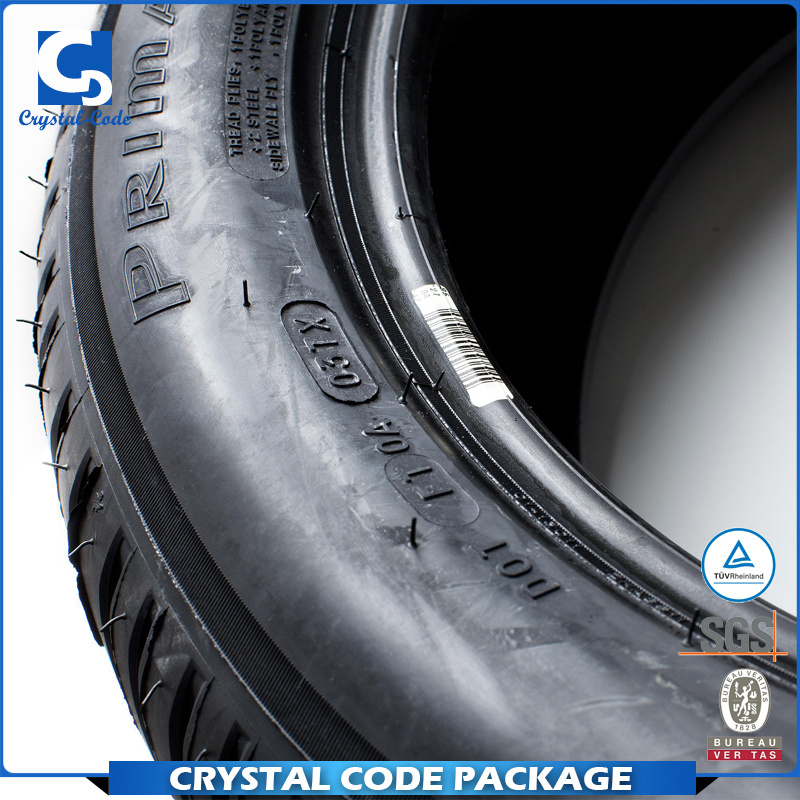
This technology is used a little longer than the cold one. At a time when there were not so many tire shops around, car and bike enthusiasts repaired their vehicles in the garage using exactly this method, for which an electric or gasoline vulcanizer is used, which can be easily assembled by hand. the technology here is as follows: the master burns gasoline, which heats the rubber with a piston. As soon as the temperature rises to 90 degrees, raw rubber for vulcanization begins to strengthen, if you raise the temperature to 147 degrees, the process goes much faster and better. But it’s better not to raise it above 150, because. the material begins to break down and loses its properties. After 160 degrees, raw rubber begins to char. The ideal warm-up time for hot vulcanizing raw rubber is about 8-10 minutes. A fragment of the material is applied to the puncture site on the chamber and squeezed with a clamp so that bubbles do not form during the chemical reaction and air does not collect, forming dangerous voids.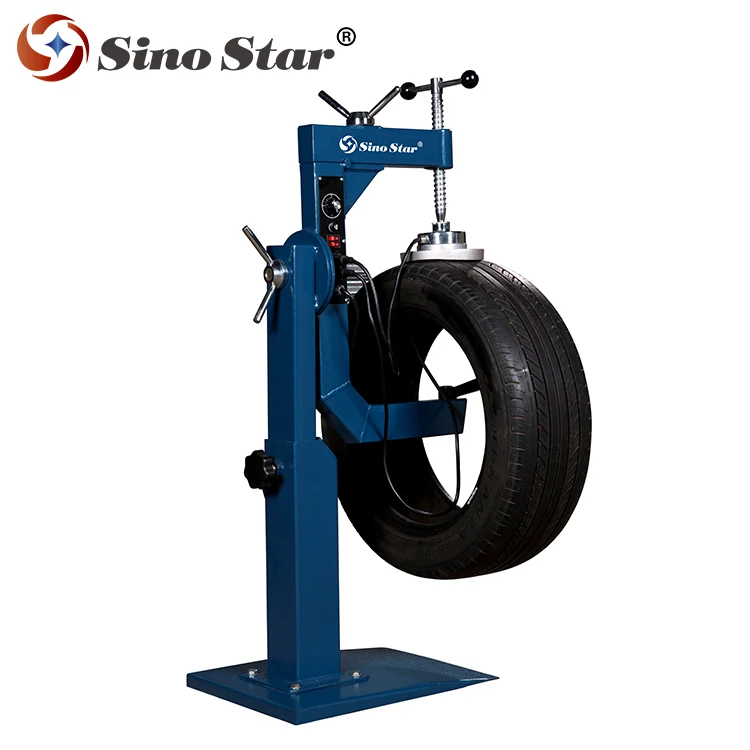
The technology of using hot vulcanization of raw rubber at home will be 40% more effective for the tire than cold, therefore, if possible, it is better to use this method.
Under field conditions, it is much more difficult to carry out such an operation for cameras, but it is still possible: if there is a fragment of raw rubber, you can heat it over a fire. You can determine the temperature of the flame by a piece of sugar or a piece of paper: both begin to melt / char at a temperature of 145 degrees - just the one required for vulcanization. As a clamp, you can use a flat heavy stone, a wooden log, or any other suitable object.
You will spend about 20 minutes for the whole operation. Do not forget that the place where the camera patch is glued must be cleaned with sandpaper or at least wiped with gasoline to remove dirt from the tire.
Another alternative for repairing bicycle wheels on the go is a can of cement vulcanizer.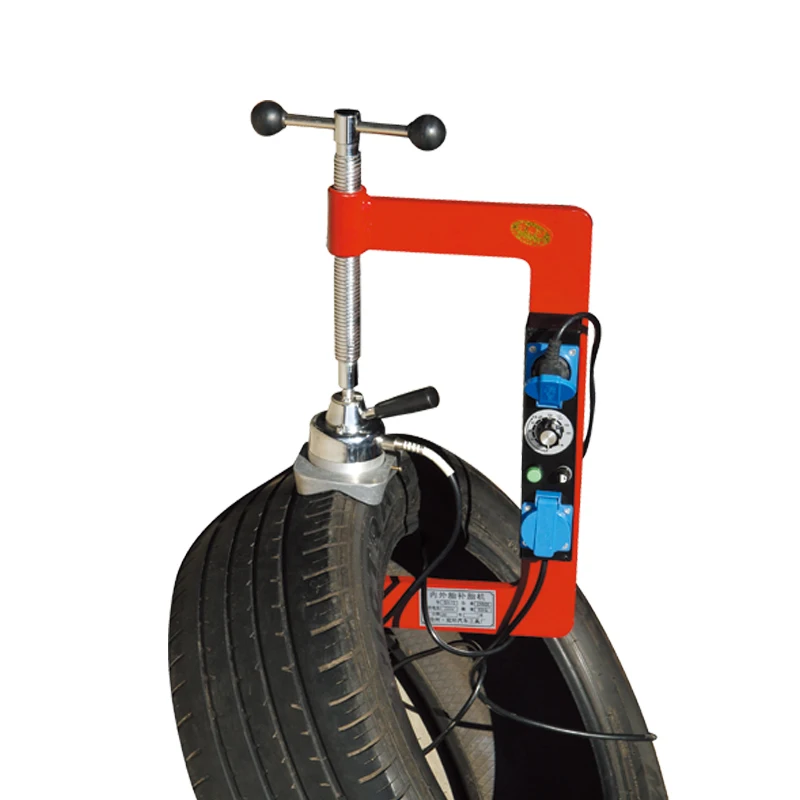 You can buy them, for example, at the car market - such material is very popular among motorists. The formulation is sold in pressurized tins and aerosols from brands such as Abro, BL, Zefal, Top RAD and many more. According to their composition, they are not hazardous to health and are not toxic, because they do not contain chloride and aromatic hydrocarbons, so they can be used freely both at home and on the street without a protective mask. In order for tire cementation to occur, a temperature of 18 degrees Celsius is required. The composition is also used for hot vulcanization (requires 150 degrees). For repair, it is necessary to remove a foreign object from the rubber of the chamber that provoked a puncture, fill the chamber with a cement vulcanizer through the nipple, slightly pump it up with a pump and ride a bicycle for 2-3 kilometers to adjust the pressure in the wheels. This tire repair technology is simple and also used everywhere. To fix the result, it is possible to use a plaster patch followed by a hot vulcanization method - exactly the same as the instructions above describe.
You can buy them, for example, at the car market - such material is very popular among motorists. The formulation is sold in pressurized tins and aerosols from brands such as Abro, BL, Zefal, Top RAD and many more. According to their composition, they are not hazardous to health and are not toxic, because they do not contain chloride and aromatic hydrocarbons, so they can be used freely both at home and on the street without a protective mask. In order for tire cementation to occur, a temperature of 18 degrees Celsius is required. The composition is also used for hot vulcanization (requires 150 degrees). For repair, it is necessary to remove a foreign object from the rubber of the chamber that provoked a puncture, fill the chamber with a cement vulcanizer through the nipple, slightly pump it up with a pump and ride a bicycle for 2-3 kilometers to adjust the pressure in the wheels. This tire repair technology is simple and also used everywhere. To fix the result, it is possible to use a plaster patch followed by a hot vulcanization method - exactly the same as the instructions above describe.